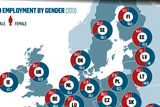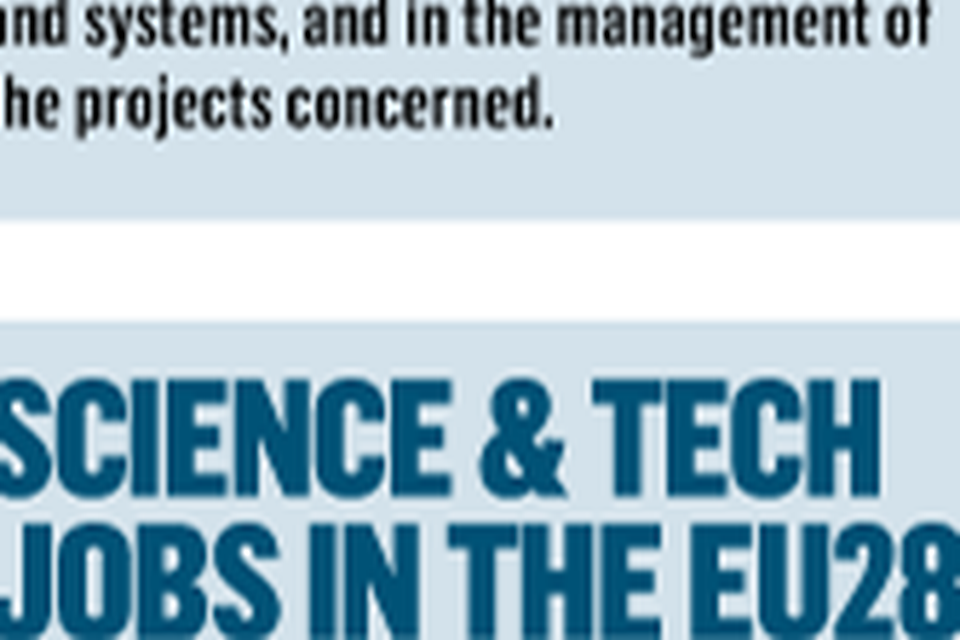Ireland's private R&D sector one of the strongest in Europe


THE share of research and development work done in the private sector here is among the highest in Europe. But the Government here is unusually weak when it comes to direct funding of innovation. Over 60pc of all workers involved in R&D are working full-time in the private sector, making Ireland only second to Sweden in the 28-member bloc.
More than 30pc of those working in R&D here work in third-level institutions, with third-level graduates also providing a valuable pipeline to private industry. However, Ireland has one of the lowest numbers of R&D professionals working in the Government sector, according to the statistics.
The latest data reveals that the number of researchers across the EU grew by 441,000 (33pc) between 2004 and 2014.
On average, 48pc of those involved in R&D were working in the business sector, a full 15 points below Ireland's level.
Ireland did lag behind the rest of the EU in both the third-level and government sectors, however. Third-level R&D employees made up 39pc of all research personnel across the EU.
Gearoid Mooney, division manager of Research and Development at Enterprise Ireland (EI), said that continued investment over the past few years had put the country in a strong position when it comes to reaping the benefits from a strong R&D sector.
However, Mr Mooney said that work needed to be done to improve the number of indigenous firms engaged in R&D. "On the Irish-owned SME side we have made good progress, but I wouldn't put us at the top of the league yet.
"There has been a slow, steady increase in the company R&D spend over the past three to four years, most of which will go towards salaries," he said.
Mr Mooney added that further development in the R&D sector could help mitigate the effects of Britain's decision to leave the EU.
"It is an area of specific focus for EI, as we can see that those companies that maintain spending on R&D continue to grow through difficult times and those that spend also have a higher employment and export level.
"Therefore, innovation is one of the key pillars supporting export growth.
"It helps companies achieve a premium for their product and makes them more resilient to market shock. Brexit, for example."
"Third level is important, as we can also see that those who spend on R&D and collaborate do better again on the employment and export side."
The survey results appear to highlight the economic gaps across the continent - countries with more developed economies have a higher concentration of R&D professionals in the private sector.
New entrants to the union, such as Romania and Bulgaria, tend to have a much stronger concentration of R&D workers employed by the government.
Southern European states have the highest proportion of R&D workers working at third level, with the data revealing that Cyprus, Greece and Portugal have more than 60pc of researchers employed at colleges and universities.
More than two-thirds (67pc) of those working in R&D across the EU were men, with eastern European countries likely to have a better gender balance.
The figures also reveal a significant rise in the number of science and technology jobs over the past decade. There were 76 million jobs in the area of science and technology, a rise of 31pc.
The analysis of the science and technology sector also shows that men aged 20-29 were twice as likely to graduate in these fields than women.
Join the Irish Independent WhatsApp channel
Stay up to date with all the latest news

















